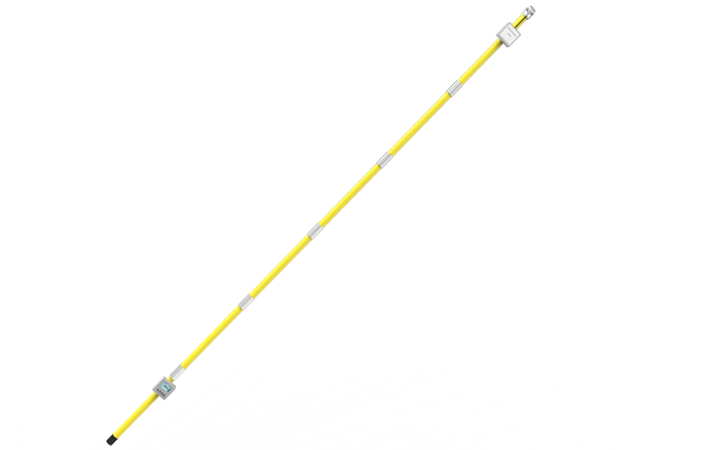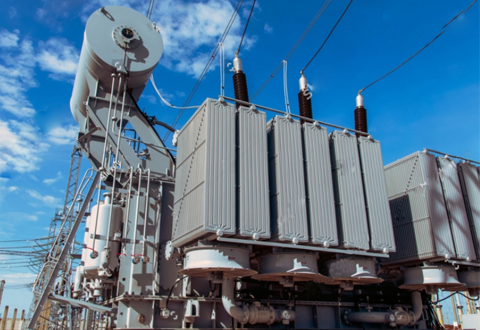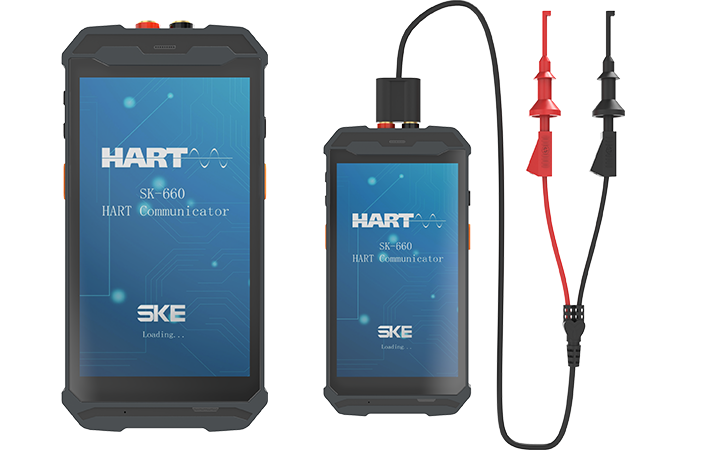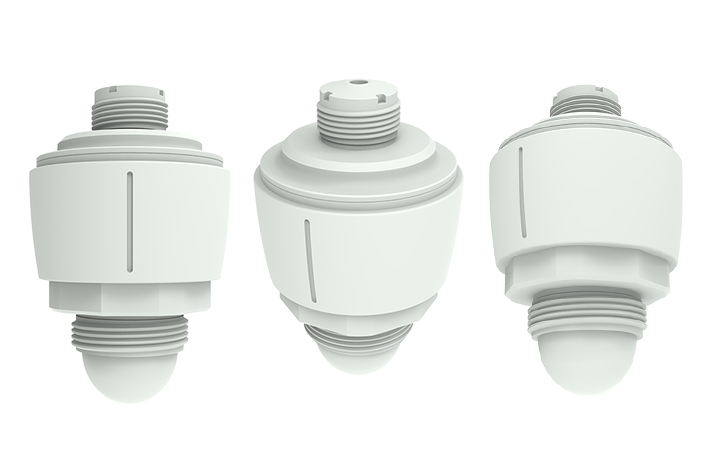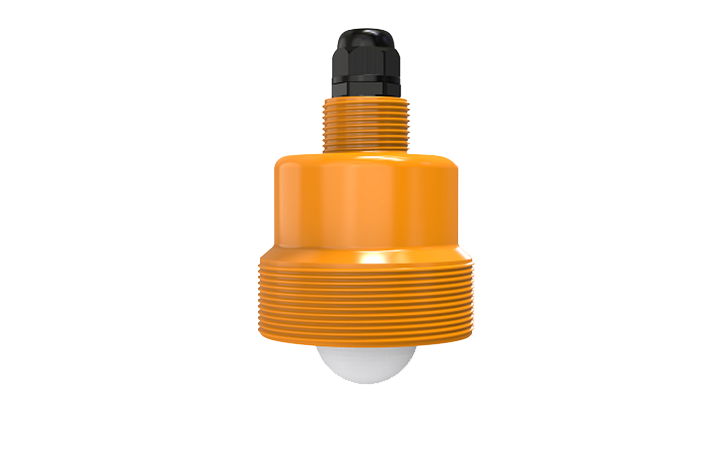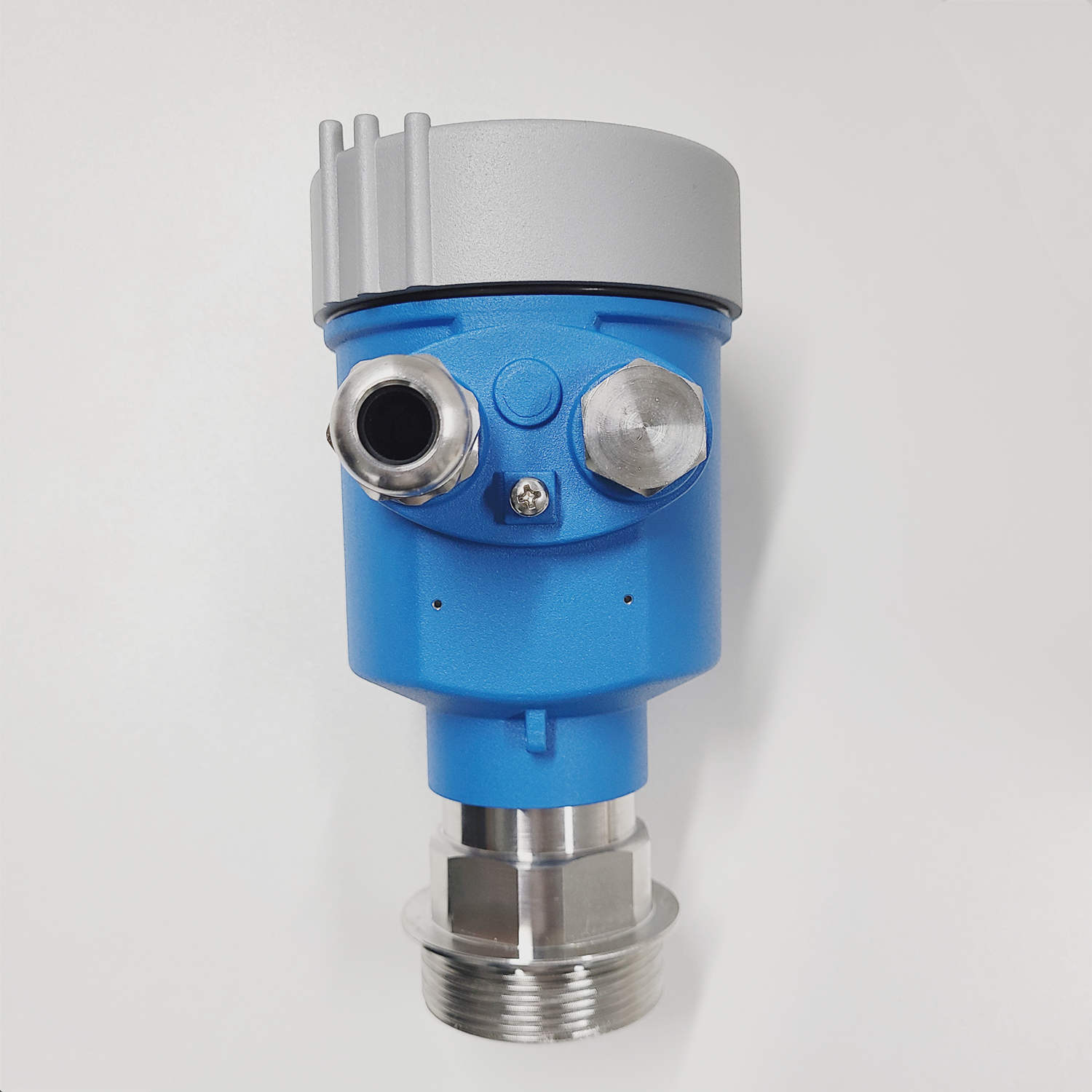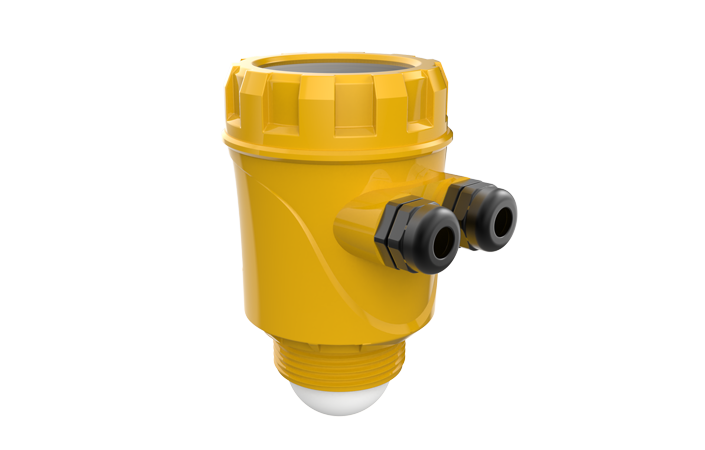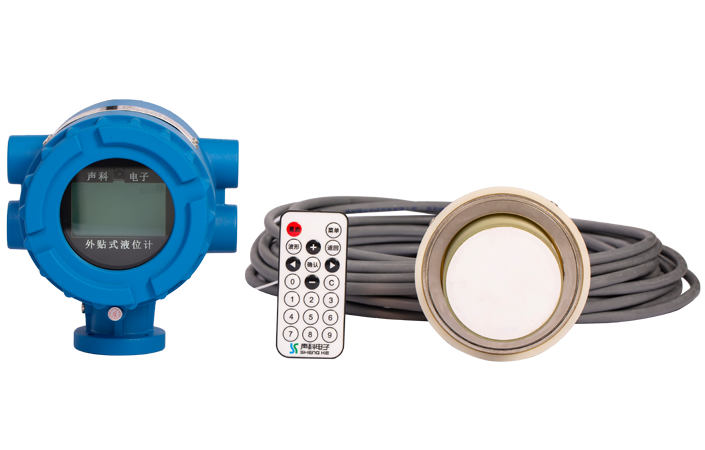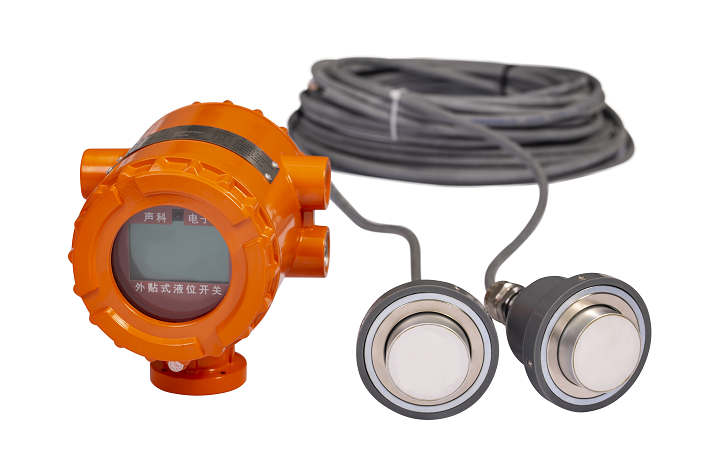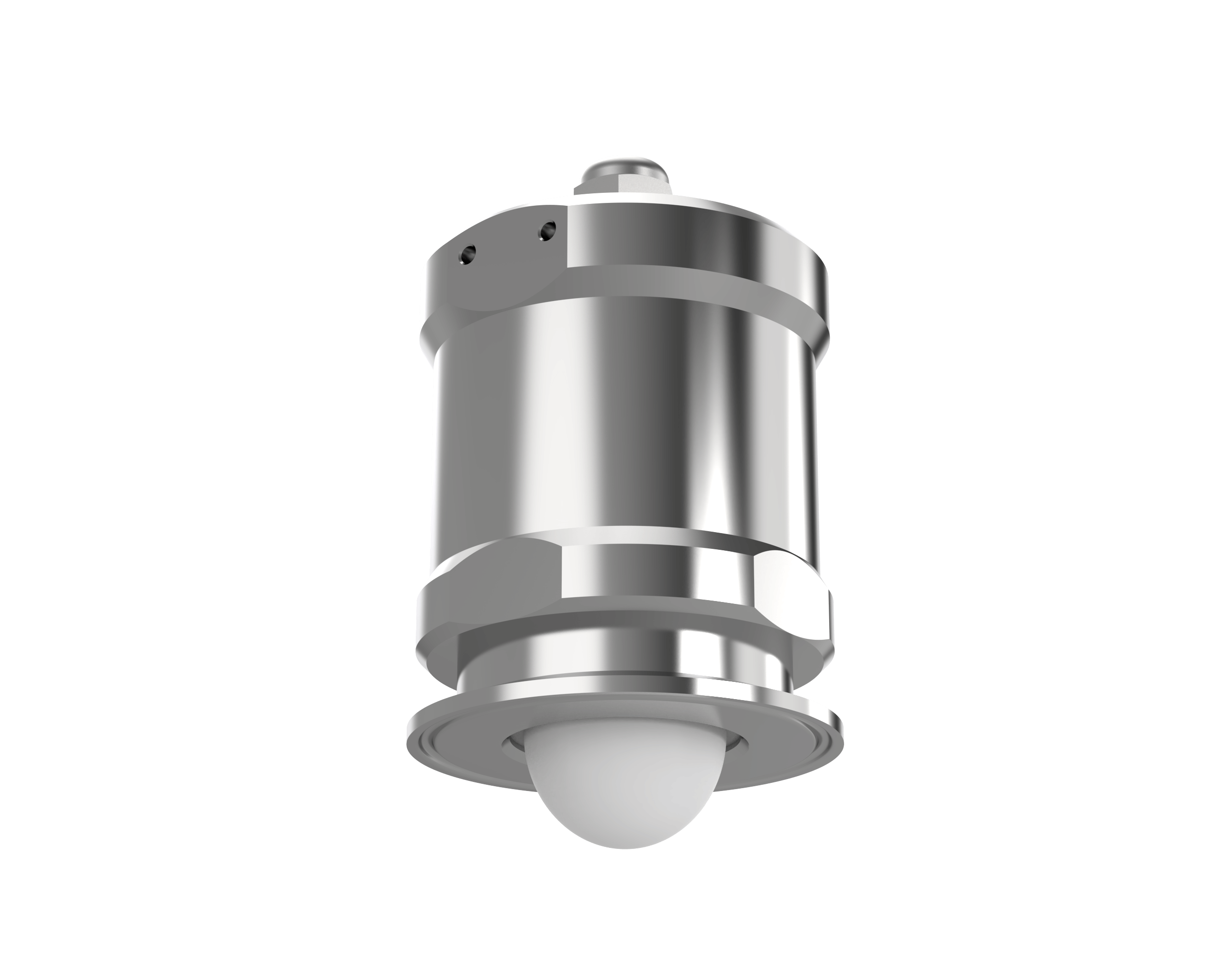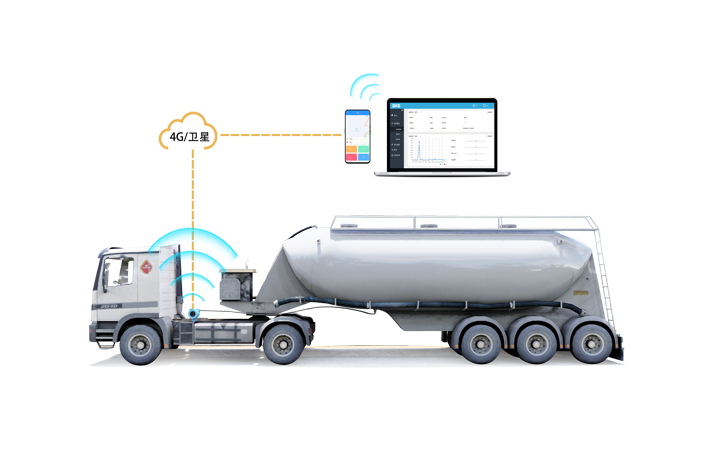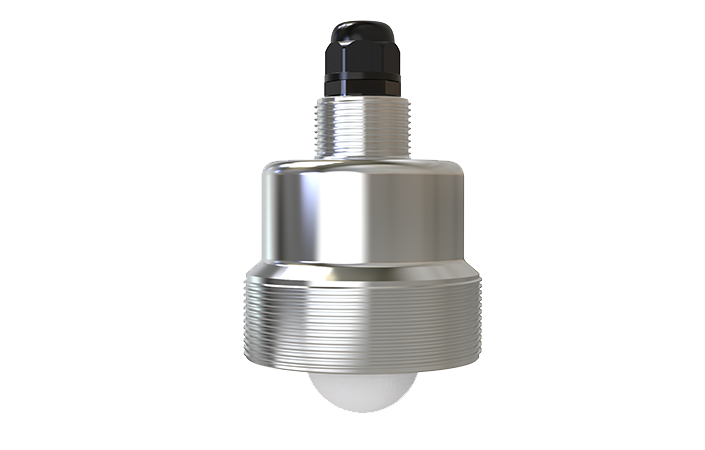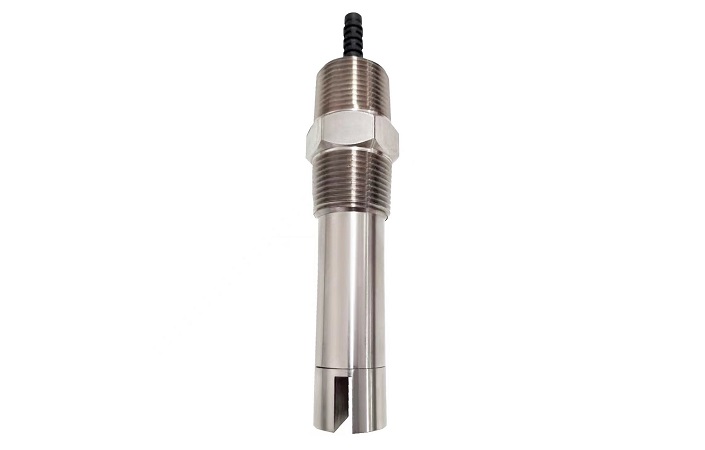Show more
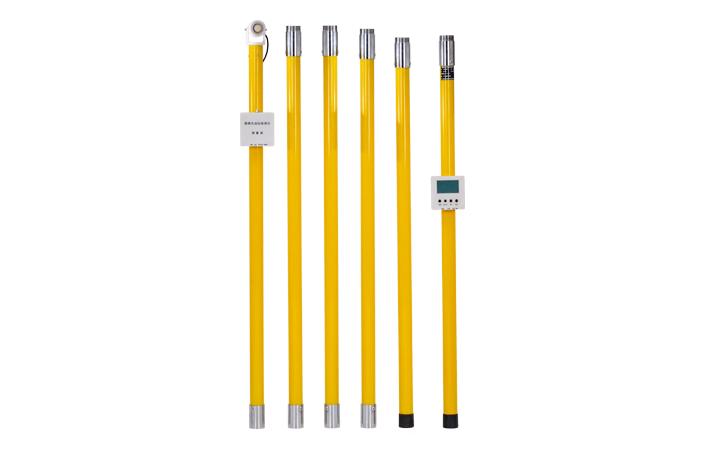
Ultrasonic level sensor for the transformer Oil Conservator
-

Non-contact measurement
- Non-invasive level measuring
- Magnetic fixation at the bottom of the tank, no coagulant
- Portable instrument, compact and easy to carry
- Telescopic insulating rod structure for safe operation
-
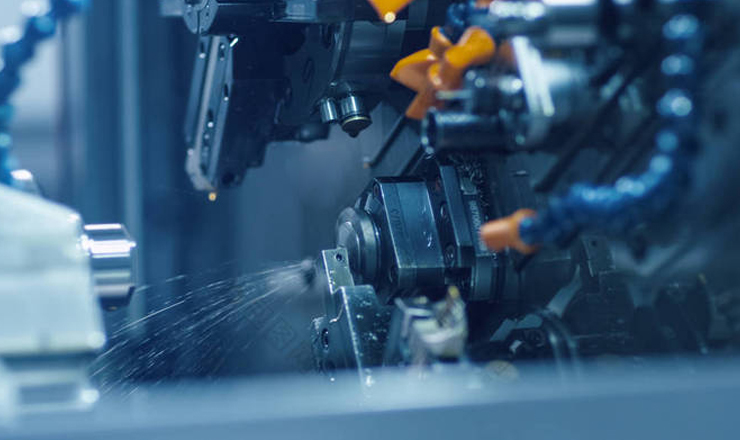
High accuracy
- low power consumption, rechargeable
- High accuracy and low rate of error
- Real-time temperature measurement Calibration
-
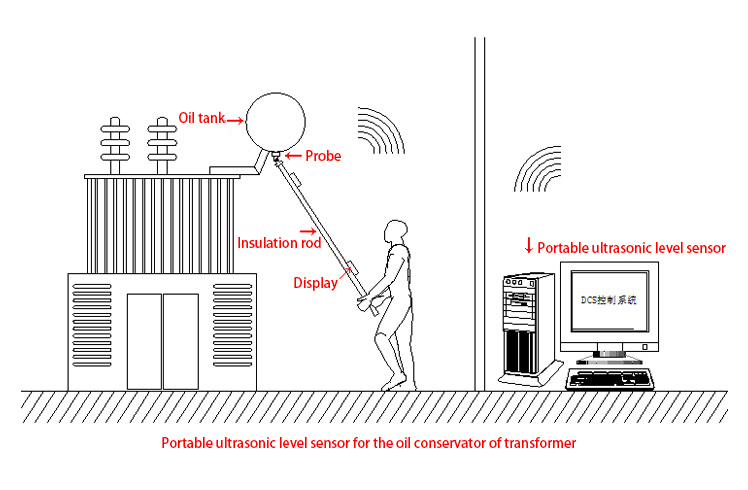
Principle
Conservator Tank – Transformer Oil Level Measurement
Current level measurement for transformer oil conservator tank mainly relies on manual visual inspection, which leads to poor reliability.
A non-contact online oil level meter is necessary to solve this problem. The sensor is clamped to the outer wall of the conservator tank bottom by a magnet and measures the oil level using the sonar principle.
The output signal is transmitted to the power station acquisition system to realize real-time monitoring of the oil level in the tank, reliable and easy to operate.
Why Choose Sonar Solution?
For sonar measurement, the transformer oil conservator tank level is a relatively simple condition, mainly as follows.
1. The diameter of the transformer oil conservator tank is commonly not large, which means that the measuring range of the monitor is relatively small, so the transmitting circuit requires not much power.
2. Transformer oil is pure (no impurities, precipitation, etc.), with good acoustic performance, the signal in the propagation process attenuation is small, so the receiving circuit is without too much gain.
3. The oil level inside the conservator tank is relatively stationary, the oil-gas interface has good reflection performance on the transmitting wave, the echo amplitude is strong, and the time is stable, so the oil level measurement is very reliable.
Circuit Design
1、This solution is including a mainframe and a probe. The main unit includes a transmitter, a receiver, a controller, a display, a power supply, and a V/I conversion circuit.
2、One end of the transmitting circuit is connected to the controller for receiving the transmit signal from the controller, while the other end is connected to the probe, for transmitting a high-voltage pulse string signal, which generates a sonar wave signal.
3、The other end of the receiving circuit is connected to the controller’s ADC port. The controller reads the analog return signals and converts them into digital signals for analysis. The controller is also connected to the V/I circuit for outputting a remote 4-20 mA signal.
4、The display and IR input section is connected to the controller for displaying oil level measurements and adjusting operating parameters. The power supply section supplies power to the entire system.
Application area
-
For tanks
The probe is mounted directly below the vessel.
Tank wall without lining or gas interlayer.
there is no solid obstruction (such as coils, partitions, leaky plates, etc.) between directly above the probe and the liquid surface.
The tank wall is made of hard materials, such as various hard metals, glass fiber reinforced plastics, hard plastics, hard rubber, etc. -
For medium
The dynamic viscosity of the tested liquid is less than 10mPa·S
Technical parameters
-
Max measure ragne5m
-
Display resolution5mm
-
Error≤±10mm
-
Temperature measurement range-45℃~+80℃
-
Accuracy of temperature measurement1℃
-
Power supplyLithium battery with 3.7V
-
Working time>12小时
-
Ambient temperature for display-20℃~+70℃
-
Ambient temperature for probe-45℃~+80℃
-
Ambient humidity(0%-95%)RH
-
Display128×64LCD
-
Dead zoneIdeal working condition, Dead zone is 3cm, the specific value depends on the complexity of the working condition
-
Insulation voltage220KV
Documentation
| Name | Format | Time | File size | Download |
|---|
Industry
Recommended products
Fast delivery and comprehensive support
Call:(86)029-88858601

 CN
CN